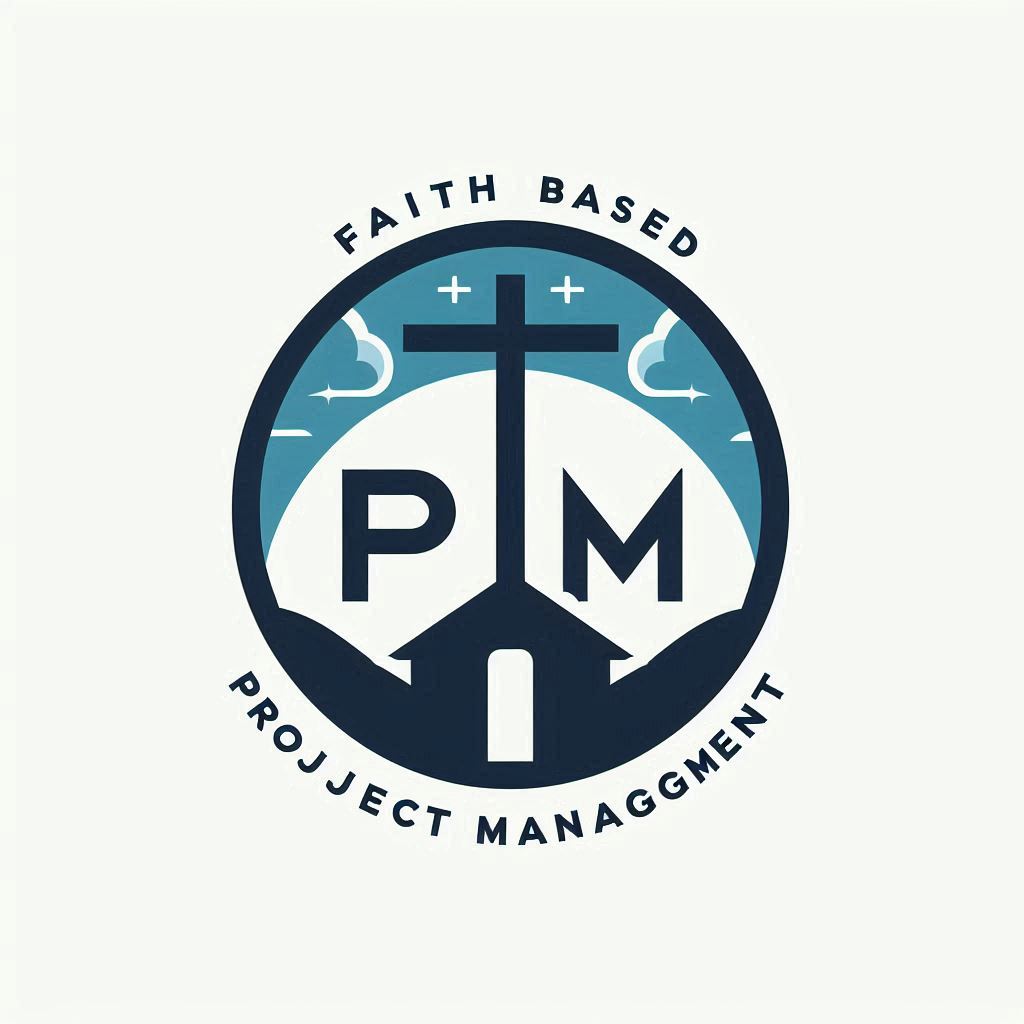If you’re leading a project with a faith-based perspective, crafting a vision statement can be a pretty powerful move. A meaningful, faith-rooted vision statement doesn’t just offer direction; it also brings a spiritual spark, keeps everyone aligned, and reminds the team of God’s bigger picture. I’ve found that projects, whether they’re ministry driven, community based, or even creative collaborations, benefit a ton from a vision statement built on faith and trust in God.

Why Vision Statements Grounded in Faith Are Really Important
Every project starts with an idea. But for people of faith, there’s another layer: believing that God can guide your thinking and turn that idea into something meaningful. Vision statements give your project two things: clarity about where you’re going and encouragement that you’re on the right path for the right reasons.
Faith-based vision statements help by:
- Clarifying Purpose: They keep your project connected to values that matter most, like love, service, hope, or grace.
- Strengthening Team Unity: They bring everyone together under a shared mission, especially during challenges or setbacks.
- Enabling Wise Decisions: When you wonder what fits or what doesn’t, checking back to a faith-rooted vision keeps things on track.
- Encouraging Perseverance: Reminding yourself (and your team) that your goals are guided by faith can really give you a boost when things get tough.
The Bible often nudges us to have vision and hope: “Where there is no vision, the people perish” (Proverbs 29:18, KJV). Projects can drift or stall without a guiding statement that’s connected to something deeper.
What Makes a Faith Centered Vision Statement Stand Out?
I’ve worked with a bunch of groups, and one thing stands out; faith centered vision statements have a few things in common. Here’s what to look for when writing yours:
- Anchored in Belief: It reflects your trust in God’s guidance, not just your ideas or plans.
- Clear and Focused: Anybody should be able to read it, say it, and get it right away.
- Inspiring: It energizes people, gives hope, and calls out the best in your team.
- Motivating to Action: It encourages practical steps toward the bigger goal.
- Relevant to Your Mission: It connects with the needs you’re trying to address or the people you want to serve.
Here’s an example vision for a youth mentorship project: “Helping teens grow into their God given potential by building faith, confidence, and purpose.”
Step by Step Guide: Writing a Vision Statement Rooted in Faith
Writing a vision statement for a project can feel tough, especially if you want to weave in your faith naturally. I’ve walked through this process several times, and here’s a practical breakdown I use with teams:
- Pray First and Reflect: Start by giving God space to speak. Pray for direction and clarity; sometimes what you want for the project isn’t exactly what’s best, and that’s totally fine.
- Name Your Audience and Mission: Write down who the project will help and what needs it’ll address. If your project is for single parents, refugees, or new believers, be specific.
- Identify a Guiding Scripture: Find one Bible verse that lines up with what you’re doing. It doesn’t have to be fancy; sometimes a simple reminder to love your neighbor or seek justice says plenty.
- Draft Something Simple: Forget “church speak.” Aim for words that make sense to you, your team, and anyone who hears them for the first time. The best statements are usually short and punchy.
- Get Feedback and Pray Again: Share what you’ve written with trusted friends, leaders, or mentors. Ask them if it feels authentic and meaningful, and leave room for God’s nudges.
Draft versions can get wordy. If your first attempt is, “Uplifting community wellness through prayer, food, support groups, outreach events, and scripture based teaching for all ages,” simplify it. Try, “Building a healthier community through faith, encouragement, and practical support.”
Vision Statement Examples for Faith Guided Projects
Feeling stuck? Here are some real life examples I’ve seen (with a sprinkle of my own tweaks):
- Community Garden Project: “Growing food and friendship, rooted in God’s love for our neighbors.” (Inspired by James 2:15-17)
- Crisis Counseling Initiative: “Restoring hope and healing through compassionate, Christ centered care.”
- Children’s Literacy Program: “Igniting a lifelong love of reading and faith in every child we meet.”
- Urban Art Collective: “Using creativity to reflect God’s beauty, inspire hope, and unite our city.”
- Recovery Ministry: “Helping people break free from addiction by walking with them in faith and love.”
Notice the common thread: easy to say, easy to remember, and packed with purpose. If you’re working on a different kind of project, like a food pantry or a family outreach, you might try wording like, “Feeding our neighbors with grace and dignity, inspired by Christ’s love.” The key is to let the spirit and core values shine through in straightforward language.
Tips for Keeping Your Faith Based Vision Alive
Writing a vision statement is just the first step. Keeping it alive and active takes intention and a little creativity. Here’s how I keep vision top of mind with my own teams:
- Share It Often: Mention your vision at every kickoff, team meeting, or milestone. Put it in print, post it on the wall; whatever it takes!
- Check Activities Against It: When new opportunities come up, ask if they support the vision or distract from it. This helps you stay focused and avoid mission drift.
- Mark Spiritual Wins: When someone’s life is changed or you tangibly see your vision coming true, celebrate it as a reminder of your faith roots.
- Pray as a Team: Ask God to keep your focus clear and to give new energy for the vision as you grow.
- Invite Feedback: Encourage everyone involved to speak up about how they think the vision is working, or how it could be lived out more fully.
Vision statements aren’t locked in stone. It’s normal for the language to evolve as your project grows or new needs pop up. In fact, regular check ins often reveal new ways to put your vision into action, so be open to tweaking the statement as you learn more together.
Overcoming Common Challenges When Crafting Faith Based Vision Statements
It’s normal to run into a few hurdles when you’re trying to get everyone on the same page, especially when faith is part of your project’s DNA. These are some things I’ve encountered and how to keep things moving:
- Mixed Audiences: Not everyone may share your exact beliefs. Use language that invites rather than excludes. Focus on shared values like hope, dignity, and service.
- Tension Between Faith and Action: Sometimes, people think practical work and spiritual focus are separate. Good vision statements blend faith with action; Scripture often shows that faith takes action.
- Vision Fatigue: Teams sometimes lose steam. If your statement feels stale, revisit it together. Update wording, or ask God for fresh inspiration.
Addressing these challenges early helps your vision statement stay meaningful, not just a slogan. This kind of proactive approach can stop small misunderstandings from growing into big problems. Remember, a vision rooted in faith can weather bumps along the way if everyone’s open to honest conversation and prayerful thought. And sometimes, wrestling with these challenges even clarifies your purpose and makes the statement stronger.
Frequently Asked Questions About Faith Centered Vision Statements
People often have questions when starting out with vision statements for faith driven projects. Here are a few I hear the most:
Question: How long should a faith based vision statement be?
Answer: Short and sweet works best, usually one or two sentences that get straight to the heart of your purpose. Anything too complicated can lose people’s attention. If you can’t say it from memory, you may want to streamline it.
Question: What if my vision changes mid project?
Answer: Vision can (and often does) switch up as you learn and grow. It’s perfectly fine to revise your statement as God shows new priorities or your context changes.
Question: Is it okay to use scriptural language even if some team members aren’t religious?
Answer: Yes, but pick verses or messages broad enough to resonate with everyone. Charity, kindness, or justice are easy entry points for most groups and can make the statement welcoming even to those from different backgrounds.
Resource to Kickstart Your Vision Statement
I’ve built out a fill in the blank worksheet that walks you through brainstorming faith rooted vision statements step by step. If you need a bit of extra help, grab a copy of the “Faith Based Vision Builder Worksheet”—it’s super practical and designed with reflection prompts, tips, and space for Scripture references.
Curious about more project leadership tools or want to share your favorite vision statements? Drop a comment below or check out other faith driven leadership resources at projectfaithguide.com. Remember, the heart of every project—no matter the size or audience—shines brightest when the vision is clear, rooted in purpose, and energized by faith.
